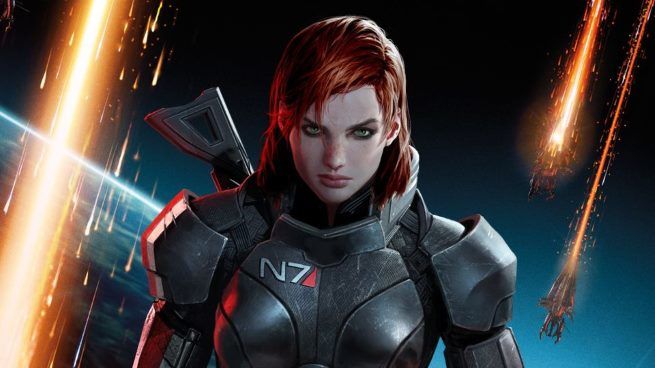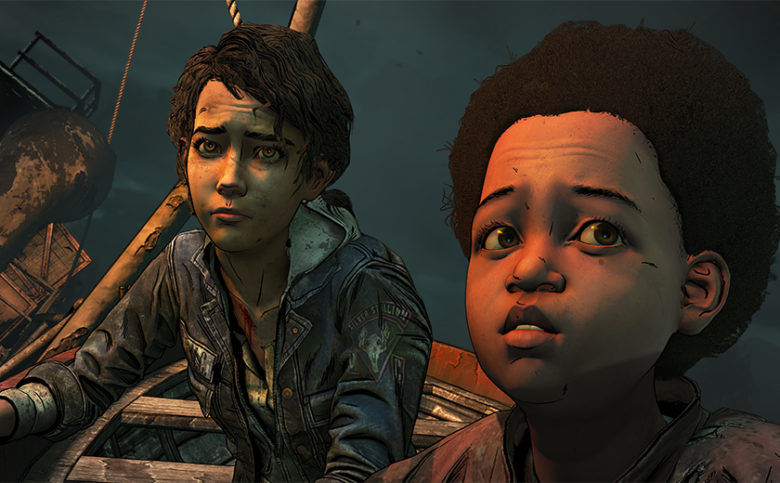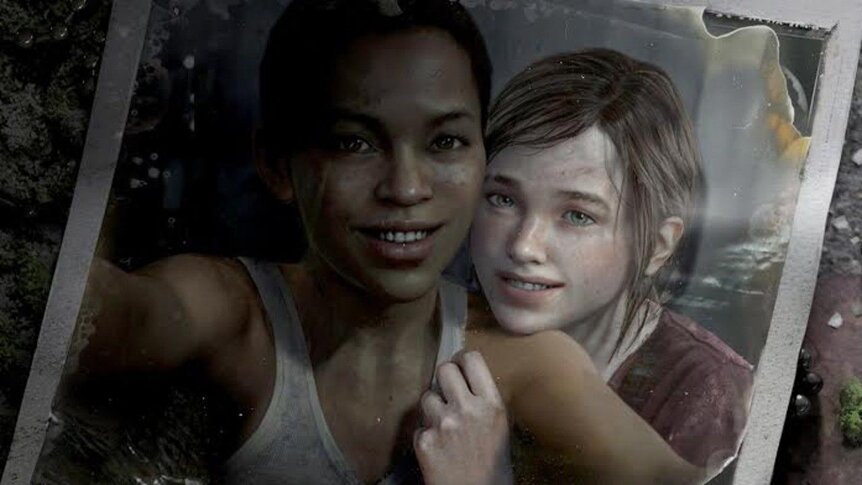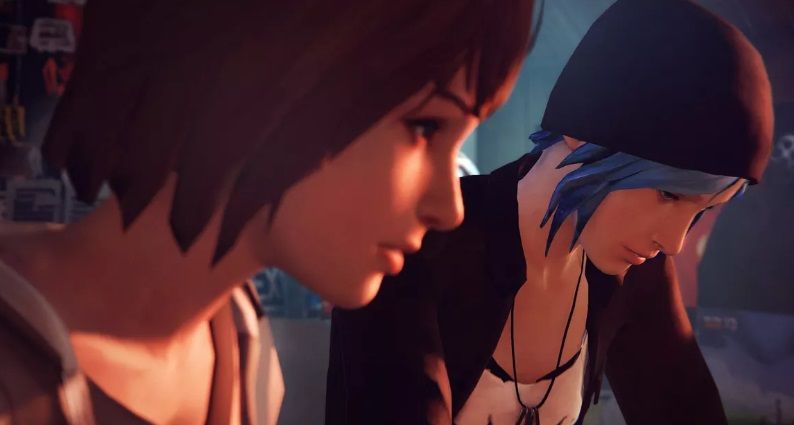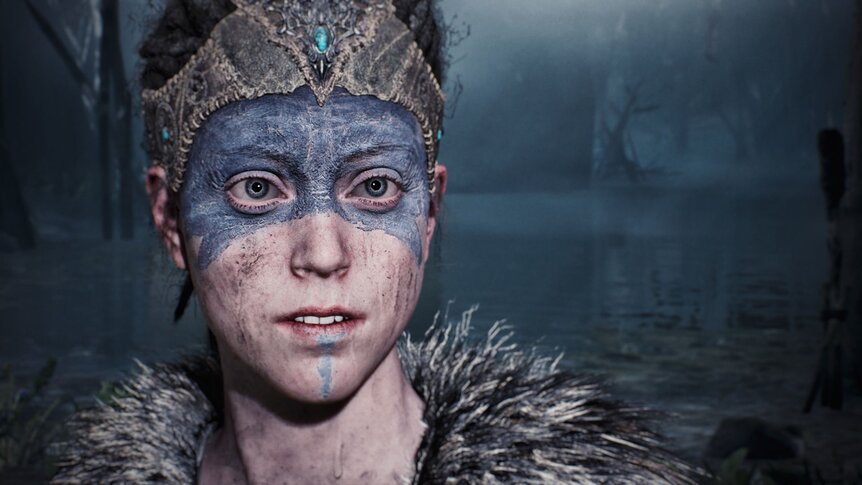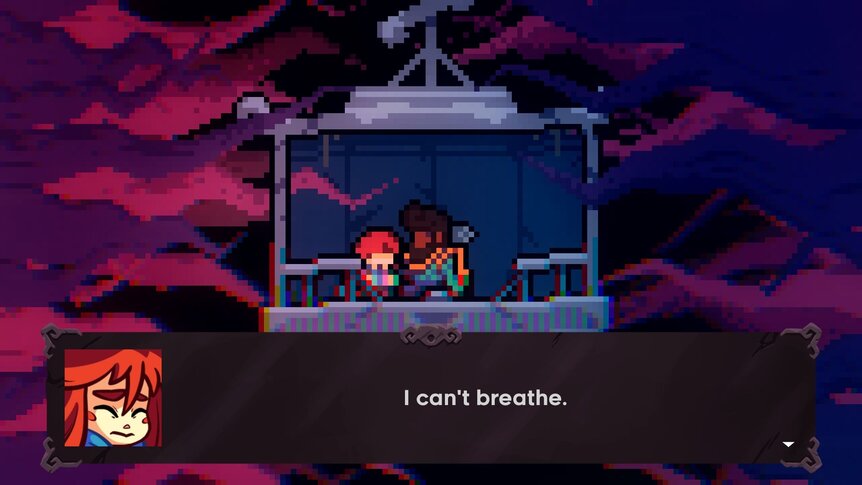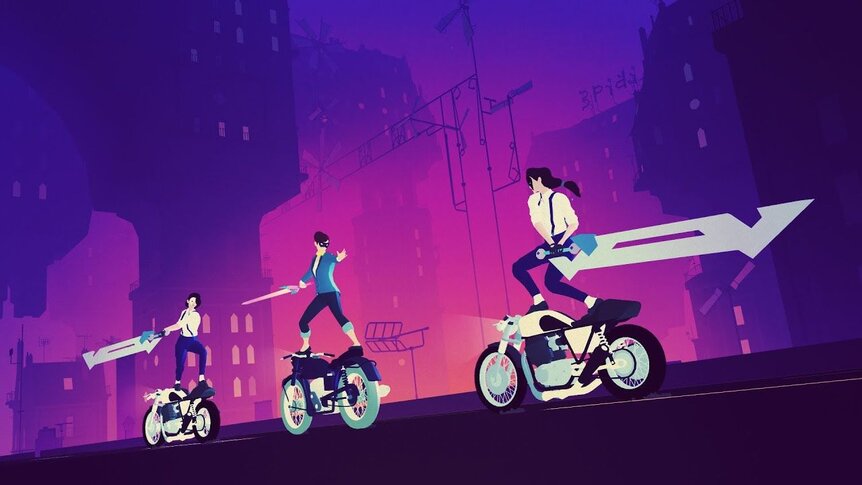Create a free profile to get unlimited access to exclusive videos, sweepstakes, and more!
A look back at how female video game protagonists have developed this decade
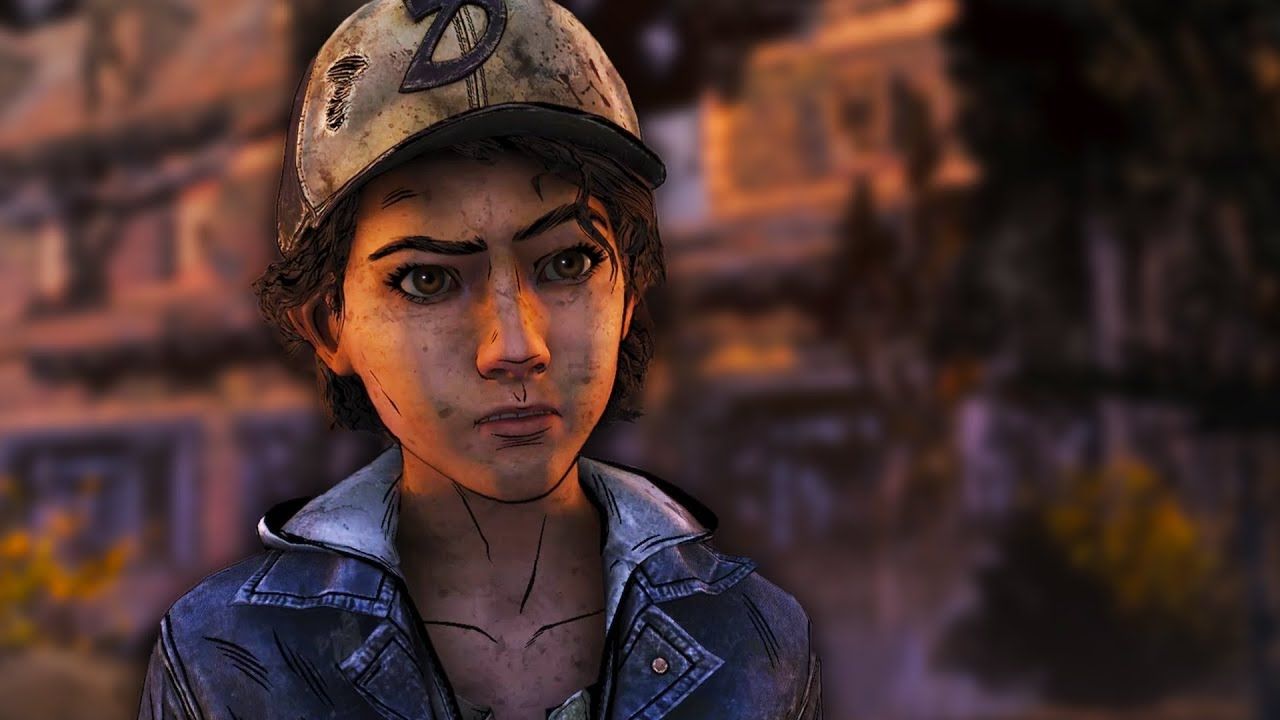
With another decade soon drawing to a close, and the world refusing to slow down or get any less chaotic anytime soon, we at SYFY FANGRRLS want to focus a little on how some parts of the world have been getting better over the past few years. Sure, politics has become a hellscape, and social media has become home to unfiltered toxic abuse, but looking back, we've had some pretty good video games released since 2010, and that's enough to keep going for the time being.
We thought we would look back over the last decade of video games, pick out the best examples we could find with playable female protagonists, and get a feel for how the presence of female protagonists in games has shifted and changed over the past 10 years.
Spoilers, but we have more playable women in games than ever, and more and more of those are high-profile releases, and that's something to be pretty excited about.
The first couple of years of the decade, 2010 and 2011, were pretty quiet for video games with female primary characters, and while a few good examples do exist from that time, they were largely characters in sequels to already-existing games who either were not playable protagonists or were not the single canonical design for the character.
While the Mass Effect trilogy of games got its start in the decade prior, 2010 and 2012 contributed the release of Mass Effect 2 and 3, where players could choose to play as Jane Shepard, a female version of the space-saving badass they had created years before on a quest to unite the galaxy and avoid annihilation. 2011's most important female character in games wasn't playable, but she was a constant part of her story and fleshed out beautifully. In Portal 2, players attempt to escape a testing facility controlled by a murderous AI named GLaDOS, by solving puzzles with portals. Where GLaDOS spends the first game simply trying to murder the player with science, in Portal 2 the AI is disconnected from the rest of the facility, and we start to learn about the human woman she once was before being hooked up to the grid and starting to lose herself to her newfound sense of power. It's a tragic story and one that gave an iconic female villain some much-needed context.
While the first season of Telltale's The Walking Dead, which was released in 2012, didn't feature a playable female protagonist, it did tell the origin story for a female character who got to take the lead for the three seasons and six years that would follow. The first season tells the story of Lee Everett, an escaped convict who meets a young girl named Clementine during the start of a zombie outbreak and protects her while teaching her to survive.
Following Lee's tragic death, players take control of Clementine, a young girl scared and alone, who over the course of several episodic, choice-based games learns to become self-sufficient, takes care of a kid of her own, grows up, and tries to become the mentor Lee once was for her, but to a new impressionable child. Clementine's is a story of impossible choices, loss, and pushing through pain, and was fantastic enough to cement her as one of the most memorable female gaming protagonists of all time.
In a similar vein, while 2013's The Last of Us largely featured a middle-aged man as its playable protagonist, it did feature a playable female protagonist for a short section of the story and a prequel DLC, and set that same character up to be a primary playable protagonist in a 2020 sequel. The game follows the story of Ellie, a girl immune to a fungus-based zombie-style outbreak, and her journey across America with stubborn older man Joel to see if her immunity might offer a hint at saving humanity from infection. While she wasn't playable through the whole game, the prequel DLC Left Behind fleshes out her story wonderfully, telling a bittersweet tale of her first love, and watching the girl she loved lose her mind, feeling undeserving of surviving the ordeal. She's a wonderfully complex character, and getting to see her in charge of the plot in The Last of Us 2 is one of our most anticipated gaming moments of 2020.
2013 also included the revival of one of gaming's first playable female protagonists, Lara Croft, in a new trilogy of Tomb Raider games. Gone were the thin plot and pointy triangle breasts of PS1 Lara, replaced with a character who seemed much more dedicated to the art of exploring lost tombs, and with friends and external motivations to drive her forward. While this wasn't the first attempt made at modernizing Lara Croft, this was probably the year that the character really caught on with modern audiences and she became a more contemporary female protagonist.
Neither of these games feature fleshed-out playable female protagonists, but we'd be remiss if we didn't give a shout out to 2013's Gone Home and 2015's Her Story, two games from the earlier part of the decade that center on the narratives of women and had really big impacts on gaming. Gone Home is a game set in an empty '90s home, where you explore notes left by your teenage sister and experience a moving story about her coming to terms with her own identity in a hyper-religious home. Her Story is a nonlinear FMV game where you search a police database for video clips of a woman being interrogated over a crime. Hannah, the woman being interrogated, is fantastically acted, and the path you have to take to unravel what happened in her story was groundbreaking when it was released.
2015's Life Is Strange focused its sci-fi story around the lives of two female art students in that awkward stage between your late teens and full adulthood. The game's playable protagonist, Max Caulfield, discovers she can rewind time when she manages to undo the death of her blue-haired punk childhood best friend Chloe Price, and the game follows the two as they try to learn the limits of her powers, face the consequences of playing around with time travel, and ultimately face the question of whether their meddling in time is the cause or solution of escalating supernatural and criminal events in their small town. The game revels in awkward teenage language and relationship dynamics in a way so few games about women get to do, and has a really interesting follow-up comic currently releasing.
Regarding the latter part of the decade, 2017 through 2019 were where we really started to see mainstream gaming kicking into full gear and really embracing putting new playable female protagonists front and center in more big budget games.
2017 saw the release of PlayStation exclusive Horizon: Zero Dawn, a game set in a matriarchal post-apocalypse where technology has been outlawed and robotic animals roam wild. The primary playable character is Aloy, a young woman shunned from society because her mother died in childbirth, a crime for the child in this motherhood-centric society, who discovers old world technology and starts a quest to try and save the world from a spreading violent corruption. Aloy gets to be the hero of a huge, big-budget, open-world adventure with side quests, great voice acting, huge amounts of combat, and an impressively complex combat system. It was widely considered a frontrunner for game of the year when it was released, something we rarely see for female leads in games.
Many of 2017's most prominent indie games also featured female leads, who got to be complex and flawed in their own interesting ways. While Night in the Woods has recently come under scrutiny for sexual assault allegations against a staff member who made music for the title, it's worth stating that the game's protagonist Mae Borowski, a depressed millennial battling mental health conditions, also happens to be pansexual. Her story of anarchic rebellion in the face of feeling chaotically alone in a changing world is super relatable, and worth discussing in looks back over the decade.
Doki Doki Literature Club initially presents itself as a lighthearted high school dating sim before revealing itself to be a fourth-wall-breaking horror experience. The game follows the character of Monika, the only non-dateable option in a romance sim, who becomes self-aware and twists the game world to try and get the player all to herself. It's a brilliantly twisted narrative about a character who does horrible things, but ultimately just wishes they felt less alone. While you don't get to play as Monika, her fourth-wall-breaking nature often implies that she is playing the game, too ... just from the opposite end of the screen.
2017's Hellblade: Senua's Sacrifice made headlines not only for the high-quality content of its gameplay and plot but also for managing to achieve big-budget production values on an indie budget and team scale. The game follows Senua, a character trying to save her lover from the Norse afterlife, but is much more about her personal battle living with psychosis. Developed with extensive consultation from real-world people living with psychotic conditions, the game takes an unflinching look at the difficulties of not being able to trust your own senses and how the world often makes things worse by the treatment of those with similar conditions. It's a deeply moving and beautiful game, well worth a place on any games-of-the-decade list.
2018's Florence is a short 45-minute game about a young woman going through the stages of falling in and out of love, told with beautifully interactive depictions of emotionally resonant moments from her relationship. It's short, sweet, and well worth taking the time to play uninterrupted.
Also in 2018, the long-running Assassin's Creed series released its first RPG element heavy entry in the franchise, Assassin's Creed Odyssey. While Odyssey can be played as either a male or female character, pretty much everyone seems to agree that Kassandra, the female playable character, is simply better written and acted. The game features a wide range of straight and queer romance options (just be careful of the second DLC for the game, which will force players into a straight relationship and conceiving a child whether they want to or not). While Kassandra wasn't the series first playable fermale protaginist, she's considered by many to be its best.
2018's Celeste is a brutally tough platforming game about climbing a mountain. You play as Madeline, a young woman battling with anxiety, depression, and lacking self-confidence, who sets herself the task of climbing the mountain in order to prove to herself that she can finish tasks she starts, overcome challenges, and become a better version of herself. The game's deliberately high difficulty plays into the themes of the narrative, with Madeline struggling, having setbacks, but continuing to try, to push forward, to do better in her own mental health challenges mirroring her struggles on the climb itself.
2018 also included the release of The Missing: J.J. MacField and the Island of Memories. While we don't want to spoil too much of the game's narrative payoff here, The Missing does a great job of presenting a nuanced portrayal of womanhood, where aspects of physical appearance are never considered disqualifying factors in who is allowed to be seen as female. Also, the gameplay system of becoming injured and making use of your damaged body parts to progress is fascinating, if a little creepy at times.
2019 has been a little quieter on great female protagonists in games, with the best example probably being Control, in which a woman enters a mysterious building that doesn't obey the laws of physics in search of her long-lost brother. It's a big-budget blockbuster game with a female lead, which is more than could be said about a lot of years in our medium's past.
This year also gave us Sayonara Wild Hearts, an indie game about a woman traveling space and time, accompanied by Queen Latifah and a fantastic femme pop soundtrack, trying to come to terms with how she wants to kiss every kind of cute lesbian archetype there is.
While the start of this decade involved a lot of female characters in games who were not initially playable or revivals of older female characters for new interpretations, a look at the latter half of the decade makes it clear that the leg work is paying off as female protagonists in games are getting ever more common, high profile, and high quality. It's still not like half of all game protagonists are women or anything like that, but things are moving forward, and this list is a heck of a lot more full of games and names than last decade's would have been.
Here's to another decade of increased prominence of women in video games as playable protagonists.
